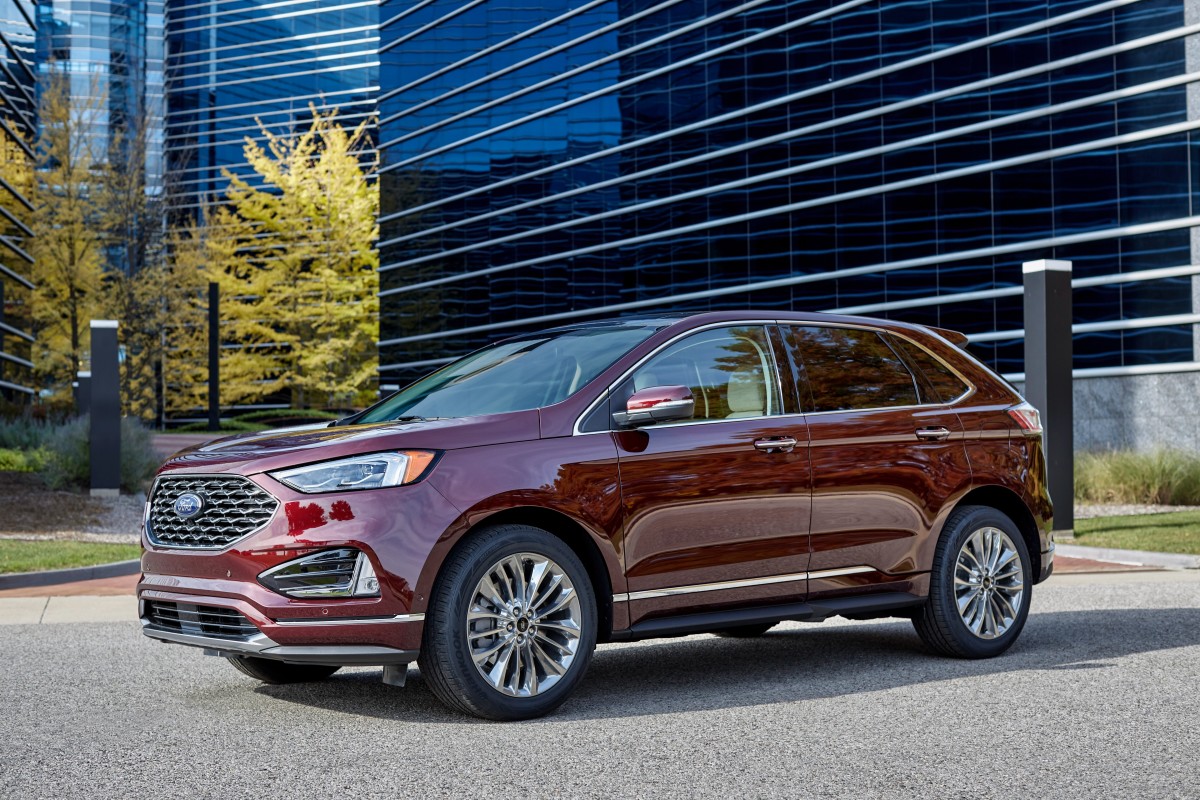What's the best place to trade in a car? Is there a good way to get top dollar for your trade with minimal hassle? Whether you’re looking at new or used models, if you want to replace your car, it’s safe to assume you also plan to trade in your current wheels to help offset the price of your new ride. Trade-ins represent a good value opportunity for shoppers, although you’ll almost never get as much money by trading in your car to a dealership as you would through a private sale.
Car dealers generally subtract the agreed-upon trade-in amount from the purchase price of your new car, meaning a trade-in can save you hundreds of dollars in sales tax (unless you live in one of those pesky states that doesn’t charge sales tax: Delaware, Montana, New Hampshire, Oregon… and some Alaskan municipalities). And, a lower purchase price means less that you'll need to borrow from a lender. Regardless of your credit score, a smaller loan translates to lower monthly payments as well as less spent in interest over the life of the auto loan. It's also possible to use a trade-in as a down payment. You can even trade in a car you're still paying off, as long as you don't have negative equity (owing more than the value of the vehicle).
We all want to save money in our car buying—that’s why you came to CarGurus, right? But car dealerships are generally tight-lipped when it comes to the math behind their trade-in valuations. So, how to trade in a car and be sure you’ll get the best price possible?
Start on Day One

You can begin to increase the potential value of your vehicle as a trade-in (and to any potential buyers) long before the time comes to bring it to a dealership. Staying on top of regular maintenance items such as oil changes, tire rotations, brake jobs, and other preventive measures will increase your car’s value by extending its lifespan. Be sure to document all maintenance and repairs in your car’s service manual. If you always have the dealership you bought your car from handle maintenance work, that same dealership should be your first stop when it comes to trading in that vehicle. A dealer that is familiar with the work done on the car will be more inclined to provide a favorable valuation.
If you complete any major repairs or purchase any big-ticket items (like new tires) within six months of trading in your car, be sure to save your receipts. Document everything and you’ll have a better chance of leveraging your expenses as an investment in the car.
Additionally, dealerships often link their business development centers with their service departments. If your car is at the dealer for an expensive round of maintenance, don’t be surprised if a salesman calls you to ask if you’d like to consider trading it in for a new one.
Clean Up Nicely—But Not Too Nicely

Cosmetics are a significant factor in a car valuation. So, if you want to receive the most money possible when selling your car to a private party, our first piece of advice would be to invest in a good wash and wax. As it turns out, the same applies when trying to reap the most cash in a trade-in deal… with one caveat.
Spending some time (and money) having your car detailed can increase the trade-in offer. Be careful, though: Spending an exorbitant amount to trade in a nearly perfect-looking 8-year-old car will raise some eyebrows. Dealers know what a used car looks like, and if your trade-in is in immaculate condition, the assessor may suspect you’re trying to hide something.
You want your trade-in to look like it’s been taken care of very well, but it should still look like a used car. Feel free to spend $100 to have it detailed, but spending more than that may risk suspicion.
You might also be inclined to point out the expensive cosmetic accessories you added to your car. Unfortunately, with the occasional exception of off-roading cars like the Jeep Wrangler, these enhancements generally don’t add any value to car price quotes. In fact, too many modifications can lower the pricing a dealer is willing to offer.
Understand the Dealership’s Side of the Negotiation
Dealerships see profit margins on new-car sales slip more often these days than they did in the past. Given that, dealers are always on the lookout for new ways to make money, and trade-ins are still moneymakers. If you choose to call around to a few dealers before traveling to buy, be sure to also ask if they’ll work with you on your trade-in value. Even if the dealership bills itself as a “no-haggle” store, that doesn’t mean it won’t negotiate on the value of your current vehicle. Think of your trade-in as part of the purchase process. Shopping around allows you to also compare trade appraisals, which you usually can’t get without some intention of purchasing a new vehicle.
You can prepare for the conversation by researching the value of your car online. Use the CarGurus trade-in estimate to help gauge your car’s market value—you can search by vehicle identification number (VIN) or other details. Remember, though: When assessing your own car, you should also look at it as if you were trying to buy it, not sell it. We all love our cars, but an objective outlook never hurts when negotiating.
Younger cars that have racked up fewer than 100,000 miles can be considered “retail trades.” The dealer is likely to clean these up and sell them to customers, in some cases even offering them as certified pre-owned models. Older vehicles or cars with more than 100,000 miles on the clock are more likely to be sold at auction, where the dealer is less likely to pick up a large profit.
You can use CarGurus to sell your car online to a local dealership. Think of this as the trade-in process taken online, and without the need to buy a new car as part of the process. Just add details about your car to help CarGurus gather multiple offers, drop the car off at the dealership you’ve chosen, and then you can either accept your payment as a trade-in price, or take it in cash. This allows you the convenience of online selling from the comfort of your couch, but without giving up valuable in-person elements like test drives if you choose to buy another car.
Lay Off the Wild Colors
One more piece of advice: We know that Dodge Dart looked great in Go Mango orange, but if you want to get the most money when it comes time to trade it in, you’ll need to stomach a car painted a more neutral color. Simply put, the bland grays, whites, blacks, and silvers almost always receive higher trade-in values.




